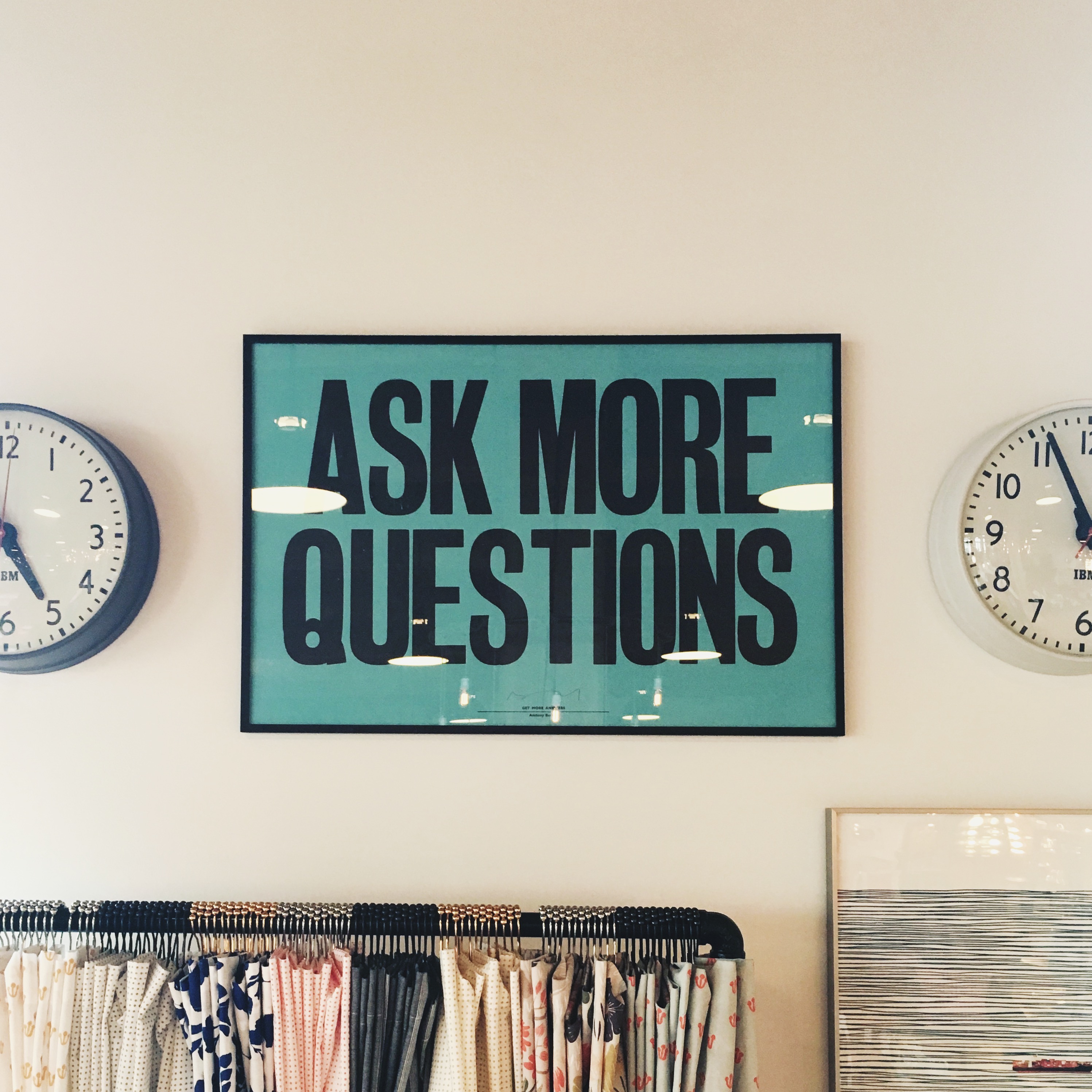Getting started in UI & UX web design
September 9, 2016

I wrote a few notes in Slack at work today in response to a question about guiding someone into the field of UI & UX design. I thought Id share my response here as I was kind of proud of what I wrote!
Side note – this here is one quick passage of text. Jim Antonopoulous produces a great email newsletter on this topic – with interviews, articles and essays to the junior designer. Well worth the read.
The question I was posed goes like this:
I have a friend who’s a designer, she draws and photoshops and in-designs and all the rest, but for “real-world objects” such as furniture, house stuff, magazines, etc. She would like to take a step towards “web” but I’m not sure what that means today. I see we have UI Developers and UX Designers, is there such a thing as a UI/web Designer – or are they / you all devs? Is there any (free?) online resources I could send her way?
To which I wrote the following in response:
From an industry perspective, in design today, there are many ‘dual roles’ out there (who have UI and UX capability), then there are individual roles, and specialists. For example, my title here is ‘Senior UX Designer’, my primary focus is on the overall user experience people have with our web products. To make that happen, I do a lot of research, planning, prototyping and testing (largely labelled ‘UX’ activities), but I am also involved in the UI element – I create wireframes and visual designs for our responsive web products, and work with our front end development team to make that a performant reality.
In the past, we have hired specialists to get specific jobs done. We’ve hired UI specific contractors who are excellent at producing UI options quickly and efficiently. However, they haven’t been that great at looking at the ‘big picture’.
Typically in smaller companies, or agencies, you need more multi-skilled generalists who can move between UX and UI spaces.
So the ‘UI/UX web designer’ is a popular role, especially at a junior level.
Generally speaking, today there is no real requirement for designer professionals to code, as part of being a designer. Many designers do however write code, as part of the design process.
One designer here does design and development, and I have made many HTML prototypes of ideas, layout options and effects to show a developer what I mean. To communicate an idea.
Thats a different kettle of fish compared to actually being a front end developer. I don’t think any of the designers here actually write and commit production quality code into our public products.
Development is a wholly separate profession, and while both professions ‘make things that look like websites’ they are markedly different.
A product designer’s job is to discover and understand real needs in a project, study the demographics, study the marketplace, and work with product folk to put together a strategy for meeting and satisfying those needs using the web as a communication medium. An output of that process can be a website design, wireframes, interaction study, or a collection of prototypes as I mentioned before.
The developers job is primarily to build that into an accessible website, using efficient code and appropriate technology for the client and consumer needs. At REA, the developers play an important role in the design process: they work as advisors as we’re working through design decisions about wether things are technically feasable, or not. Designers play an equivalent role in our development process, more of a QA role – ensuring what the developers are building is in principle faithful to the design strategy, and if we need to compromise, we make decisions as a team with the real user needs in mind.
I would strongly recommend all UX and UI developers being fluent in this checklist, and each supporting article:
Specifically, this is a fundamental supporting piece:
Also, this is an article (from 2000) with infinite resonance, the importance of which will never fade:
- A Dao of Web Design by Jon Alsopp
And of course, anything published by the incredible Julie Zhou commands the time of any digital design professional. I would recommend taking the time to read through Julie’s ‘The Year of the Looking Glass’ series as she writes it this year:
- The Year of the Looking Glass by Julie Zhou
I hope you find quick and high level account of design today helpful :)
Photo credit: Jonathan Simcoe, Portland, OR via Unsplash.
